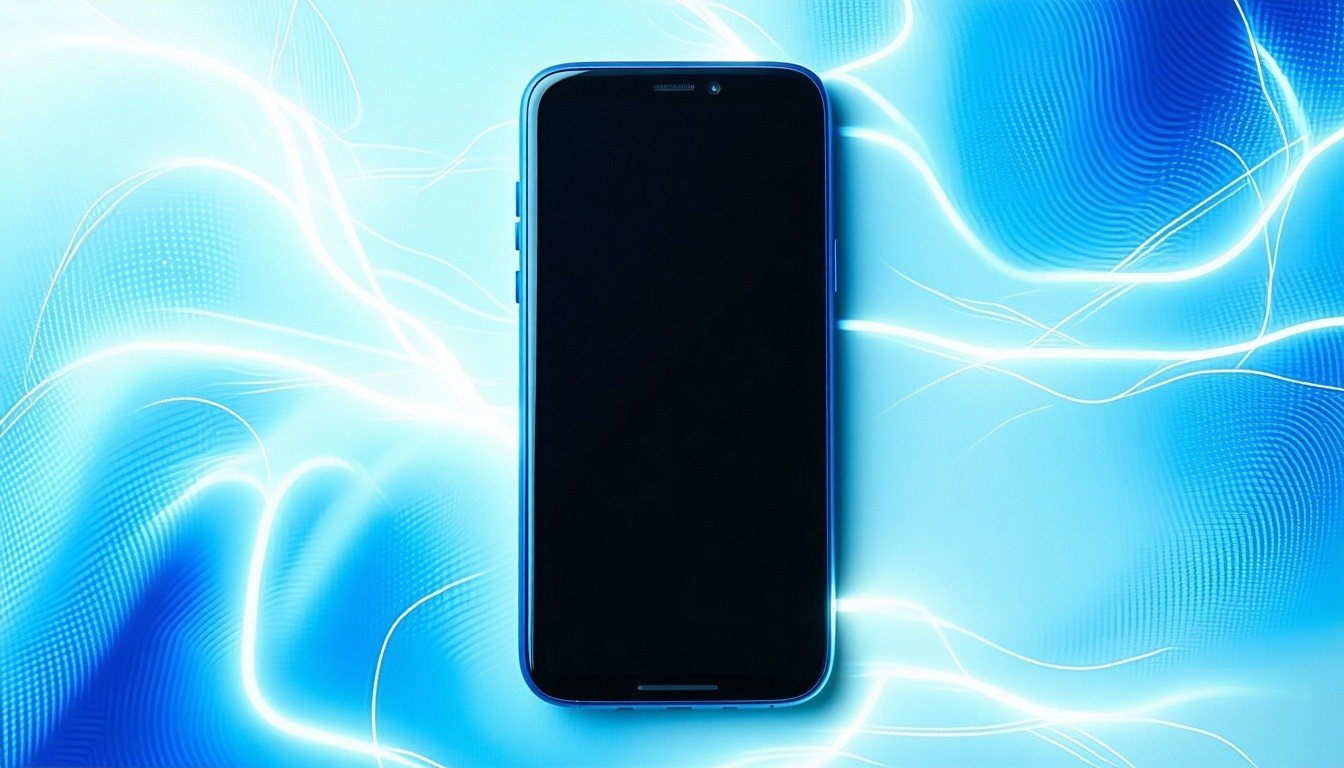Charging speed has been a key consideration for buyers when choosing between phone brands. Despite the wide range of features available on iPhones, fast charging is still considered to be an essential feature for 83% of smartphone users aged between 18-341.
With the introduction of the 40W Dynamic Power Adapter with 60W maximum output, Apple is expected to enable up to 50% charge for the iPhone 17 and iPhone Air in approximately 20 and 30 minutes, respectively2. This shift toward Standard Power Range Adjustable Voltage Supply (SPR AVS) may change long-held perceptions about apple product's charging speeds.
Why not Programmable Power Supply (PPS)?
100W fast charging made possible
Introduced in the USB-PD 3.0 specification, Programmable Power Supply (PPS) has been the mainstream public fast-charging protocol for Android phones. Notably, China’s latest Xiaomi 17 series achieved nearly 100W PPS fast charging via support from the Qualcomm Snapdragon 8 Elite Gen 5 processor3. These fast-charging speeds are maintained by reducing voltage reduction work within the phone, thus minimizing the amount of heat produced during charging.
Limitations of fixed protocols
However, the 20mV voltage step and 50mA current step stipulated by the PPS protocol was hard to achieve in reality, simply due to external factors such as voltage ripple, voltage drift, contact resistance, or even dust. These external factors could lead to line loss and electrical errors of greater than 20mV, effectively rendering the promised protocol meaningless.
In addition, this fixed voltage charging and internal secondary voltage reduction model prevented maximum current and voltage from being achieved simultaneously. This resulted in charging speeds being capped at half their advertised capacity during low battery power, effectively compromising on the promise of fast charging. In other words, the PPS protocol is largely incompatible with low-voltage, high-current phones that have begun to take a significant portion of the market.
So why SPR AVS?
First introduced in the PD 3.1 Extended Power Range (EPR) specification, SPR AVS delivered a maximum power of 240W to high-power device laptops. Apple’s first EPR AVS integrated product came in the form of the Apple MacBook Pro 16. Defining a standard power range of 27W-100W, SPR AVS allows devices to negotiate charging between 9V and 20V in 100mV steps4.
With the USB-IF officially extending SPR to the latest PD 3.2 specification in October 2024, Apple has taken the opportunity to introduce SPR AVS’ advanced voltage regulation to the iPhone 17.
Charging experience
By returning to fixed voltage levels, AVS allows voltage and current limits to be independently controlled. This allows the charger to continuously output the set maximum current, even at lower voltage conditions. This solves the problem of power-loss within PPS, enabling batteries that require high current direct charging and efficient charge-pump architectures to receive high power input throughout their charging cycle.
Temperature control
By adopting a 100mV voltage step, AVS allows charger voltage output to match the current voltage requirement of phone batteries. When used in conjunction with charge-pump chips within phones for 2:1 or 3:1 voltage reduction, AVS can minimize heat within devices. In addition, the voltage step is sufficiently wide to withstand electrical interference from cable loss and voltage ripple, which were previously disruptive to PPS.
Life span optimization
Temperature control is critical for preserving the lifespan of a battery. This is exactly why many devices have only been able to achieve peak fast-charging within short bursts thus far. Like the PPS, AVS overcomes this limitation by outsourcing the heat-generating voltage conversion process from the phone to charger. Just like how air conditioning generators are placed outside the home, AVS preserves the chemical integrity of batteries by taking the heat source outside the phone’s miniature ecosystem.
Widespread adoption of USB chargers ahead
Surrounding Apple's adoption of SPR AVS is a wider shift within the USB ecosystem, especially since the Common Charger Directive 2022/2380 was pushed out by the Council of the EU in December 2024. Valued at USD 30.24 billion in 2024, the prevalence of USB PD, PPS, and AVS promises to advance charger revenue at a CAGR of 5.86%, bringing total market cap to USD 47.69 billion by 20325.
The good news is that these various charging protocols continue to lie within the same ecosystem, allowing for cross-ecosystem device owners to charge their phones with the option to optimize if they desire.
Get a headstart on your SPR AVS debugging and validation journey with official USB compliance testing services, or test from the convenience of your own lab with the GRL USB Type-C® Power Delivery Tester and Analyzer – EPR (GRL-USB-PD-C2-EPR).
References
- A new wave of smartphone priorities: young tech navigators set sail for fast charging. Dailymare.
- 40W Dynamic Power Adapter with 60W Max. Apple.
- 100W universal fast charging is here, there's no excuse Apple, Google, and Samsung! Android Authority.
- Complete PD 3.2 SPR AVS Specification (Including Full USB PD Protocol). Harger Lab.
- USB Charger Market: Global Industry Analysis and Forecast (2025-2032). MMR.


